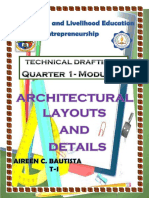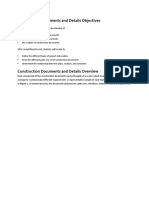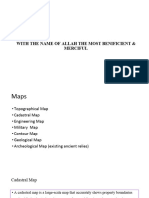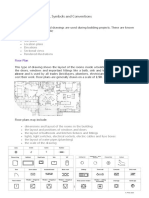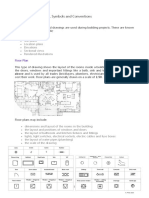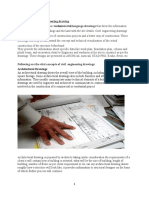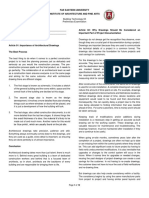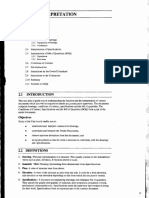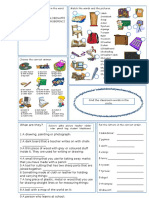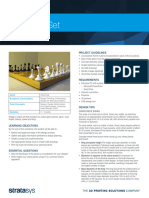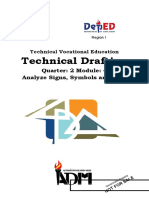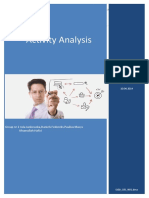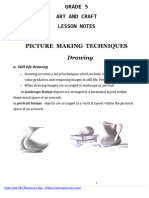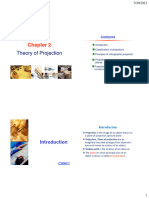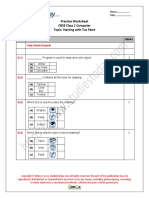0% found this document useful (0 votes)
36 views11 pagesU6 Sampler
This study guide focuses on the importance of construction information, including drawings, specifications, and schedules, in the development of building projects. It emphasizes the need for accurate and coordinated information as construction projects become more complex, and discusses various types of construction drawings and their roles. Additionally, it covers topics such as clash detection, collaboration among construction professionals, and the sharing and tracking of construction documents.
Uploaded by
khinohnmarmyint25Copyright
© © All Rights Reserved
We take content rights seriously. If you suspect this is your content, claim it here.
Available Formats
Download as PDF, TXT or read online on Scribd
0% found this document useful (0 votes)
36 views11 pagesU6 Sampler
This study guide focuses on the importance of construction information, including drawings, specifications, and schedules, in the development of building projects. It emphasizes the need for accurate and coordinated information as construction projects become more complex, and discusses various types of construction drawings and their roles. Additionally, it covers topics such as clash detection, collaboration among construction professionals, and the sharing and tracking of construction documents.
Uploaded by
khinohnmarmyint25Copyright
© © All Rights Reserved
We take content rights seriously. If you suspect this is your content, claim it here.
Available Formats
Download as PDF, TXT or read online on Scribd
/ 11






